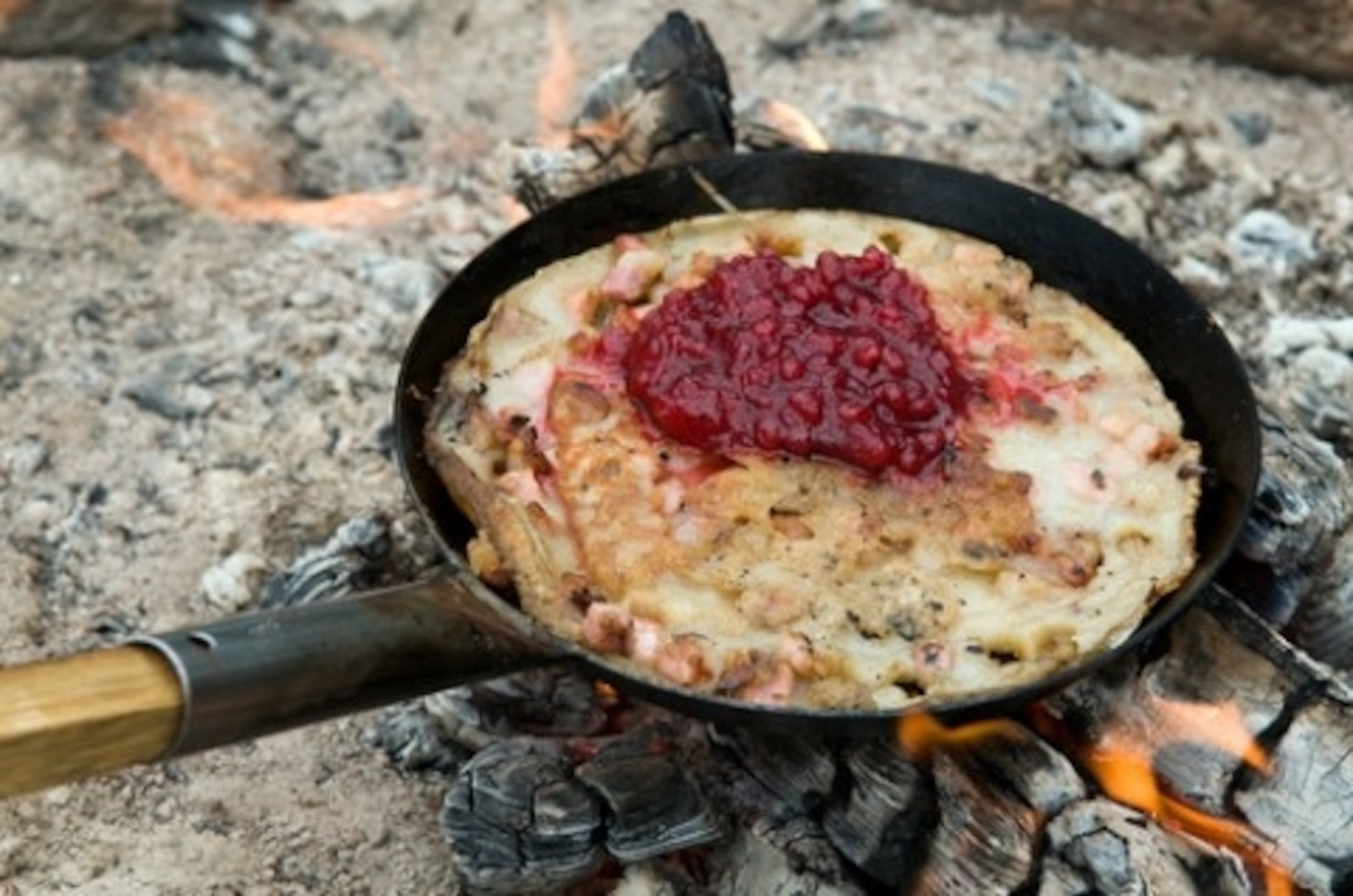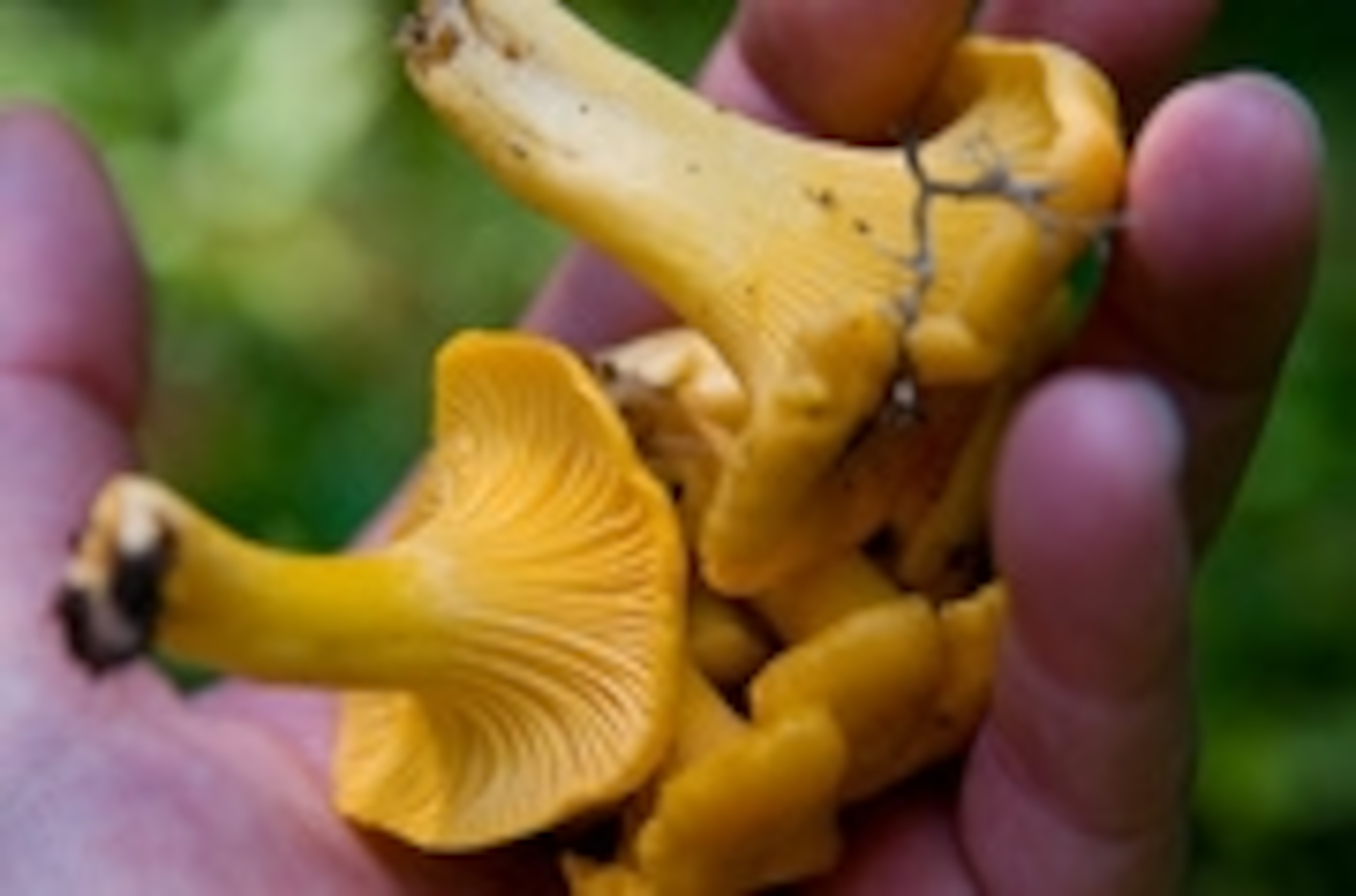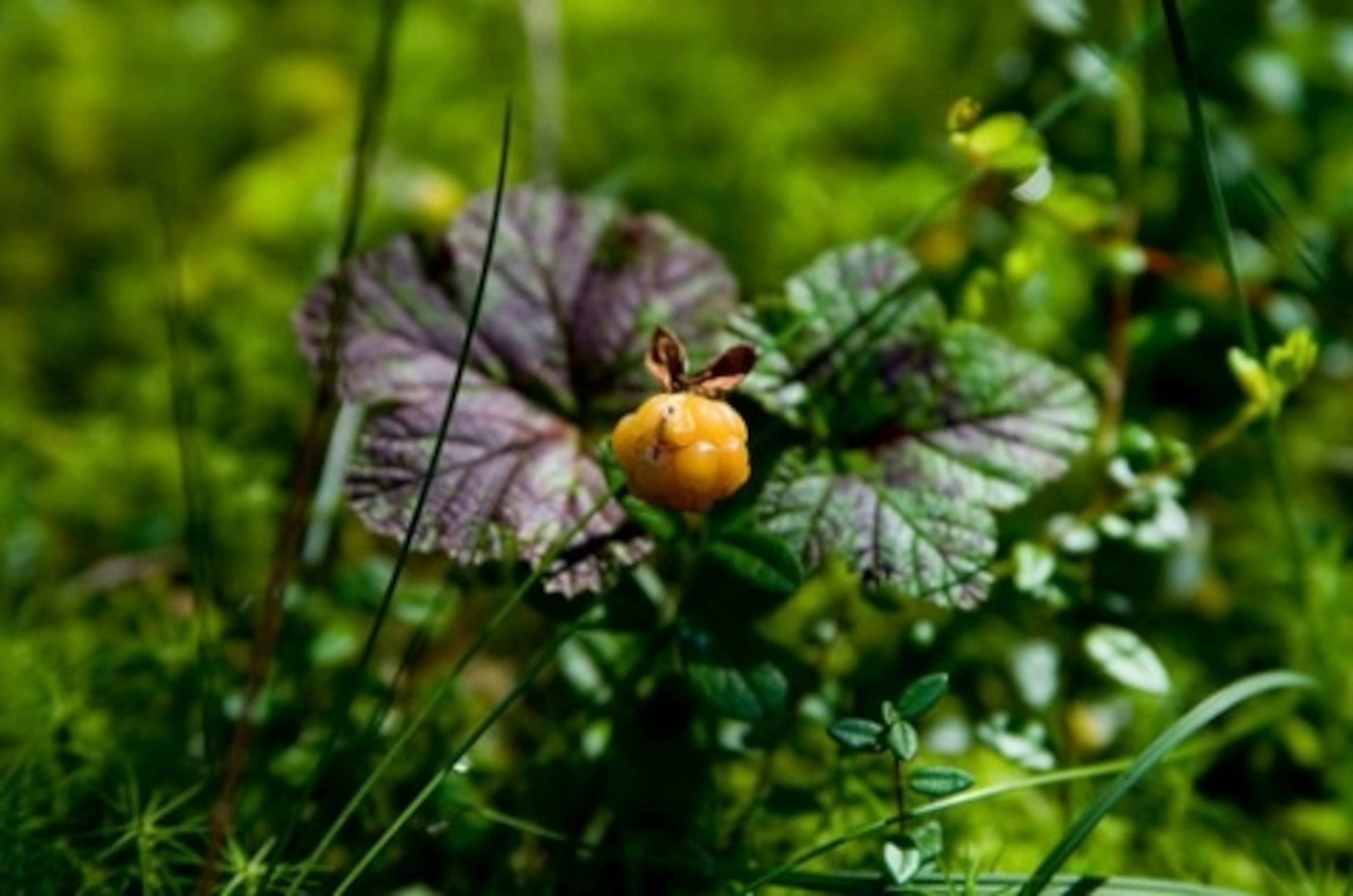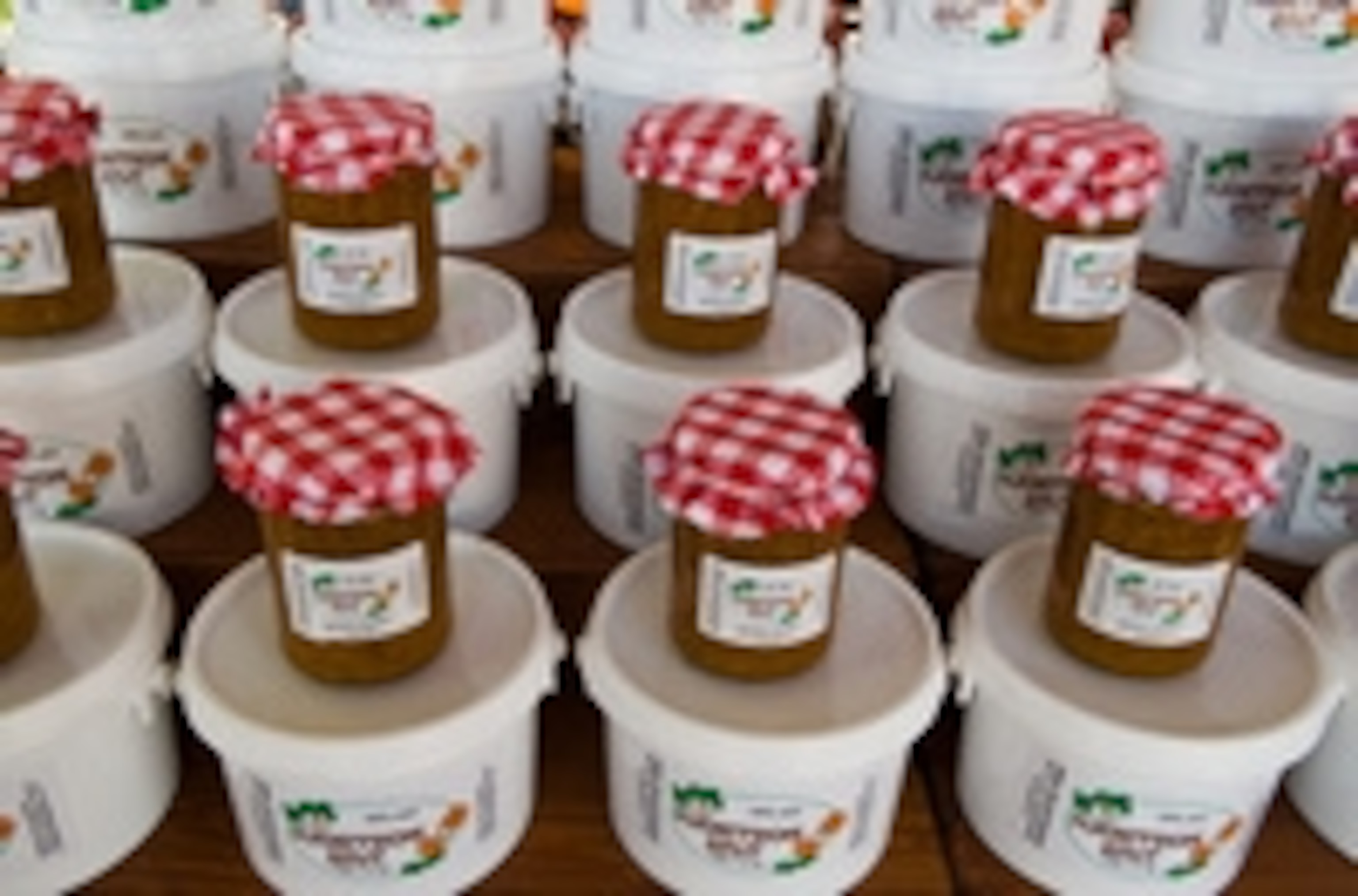
Enter the Cloudberry Zone
Former Traveler Photo Intern Jenn Blatty files this report for IT from northern Sweden:
The Swedes are ahead of the game when it comes to exploring the outdoors and taking advantage of their natural surroundings. In the northern city of Sundsvall where I’ve been staying the past few weeks, I have yet to meet locals who don’t know how to pick their own berries and mushrooms from the surrounding forests to prepare into jams, wines, or butters in their own homes. And when I say everyone, I mean even the city-dwellers (although the younger generation may not admit it).

But it makes sense: In Sweden, all are encouraged to maximize usage of the outdoors under a common law privilege called the “right of public access,” or as the Swedes call it, “Allemansrätten.” You won’t find a “No Trespassing” sign anywhere around here: Even as a tourist I can wander from the main trail onto someone else’s property to pick blueberries, or if I’m driving the country roads I can pull over wherever I see fit to pitch a tent for the night, so long as I follow the few simple guidelines. For example, I can only use branches lying on the ground for a fire and cannot break a live limb, and I should maintain a distance of 70 meters from any house in view–it’s really just common sense stuff.

This privilege is definitely convenient for the northern Swedes: According to Biotech Sweden, the forests here produce an average of 500,000 tons of wild berries annually, of which only 2-4% are picked!
The most common are blueberries, but a casual walk through a city park can also provide a handful of wild strawberries, raspberries, and black and red currants to munch on along the way. The lingonberries are also as plentiful as they are popular among the Swedes and are made into jam served with traditional dishes such as Swedish meatballs and Swedish pancakes.

There are also a few rare species that can only be found with a serious gatherer’s assistance. The cloudberry, a yellowish, tart fruit similar to the size and shape of a raspberry, is a delicacy in high demand internationally and grows deep in the northern forests of Sweden in marshes and bogs: Hence the name, as when you enter cloudberry zone it feels like you’re walking on top of the clouds.
- National Geographic Expeditions
The Swedes traditionally use the cloudberry to create jam as a warm topping for ice cream, or to prepare a special after-dinner aperitif. But as the chance for you to bounce on the clouds and pick them yourself is quite slim, you can find them on the dessert menus in restaurants or buy your own jar at a local market.
They may be pricey but your palate will be grateful.
Photos by JT Blatty
